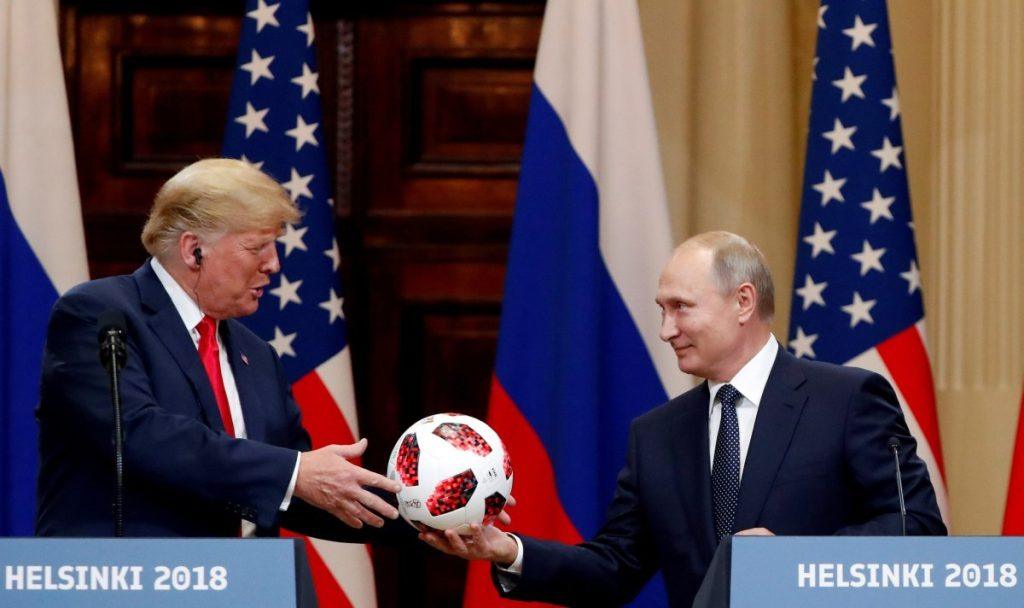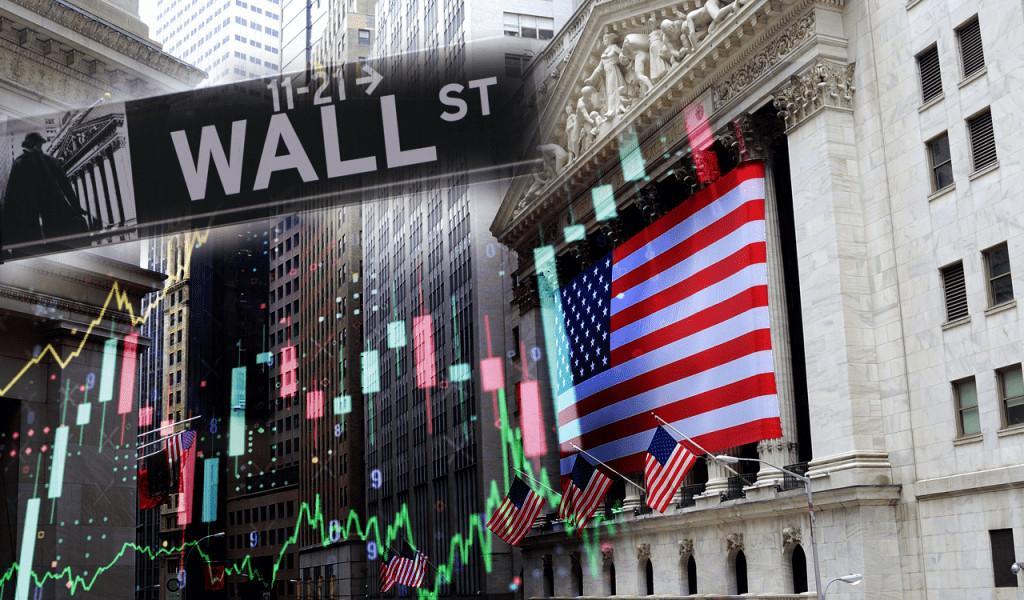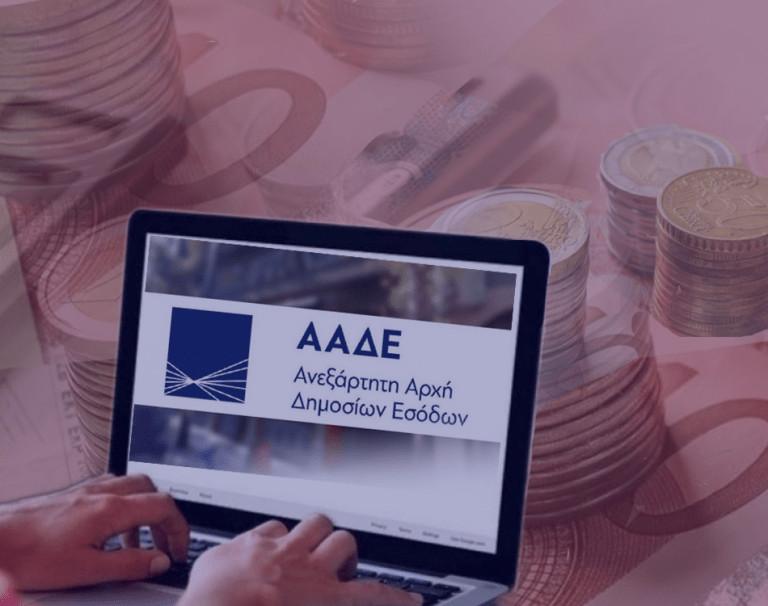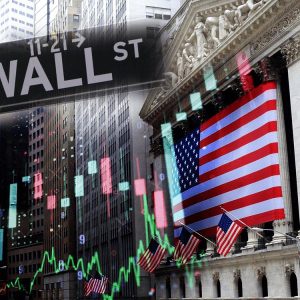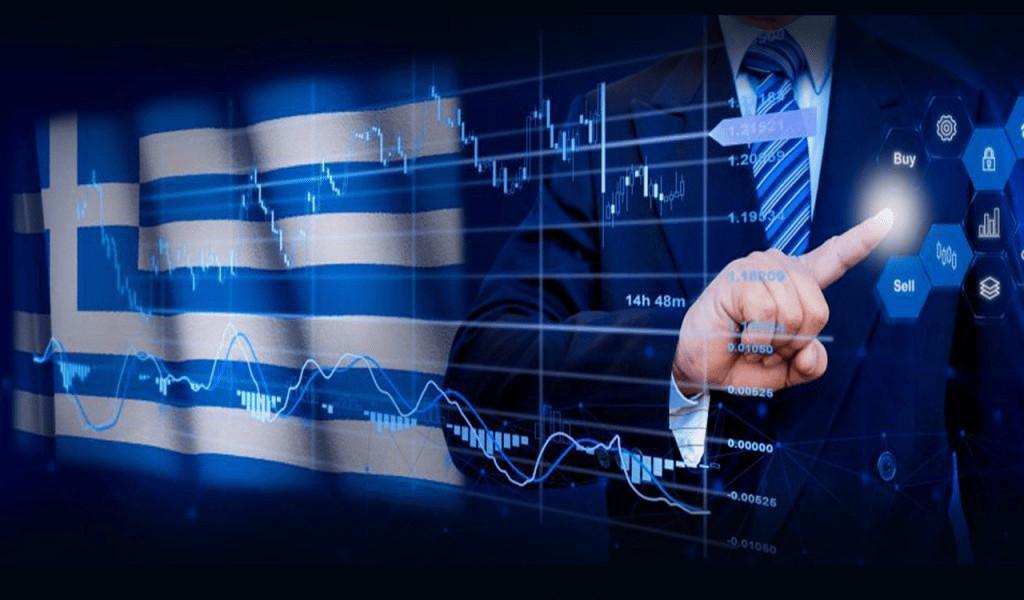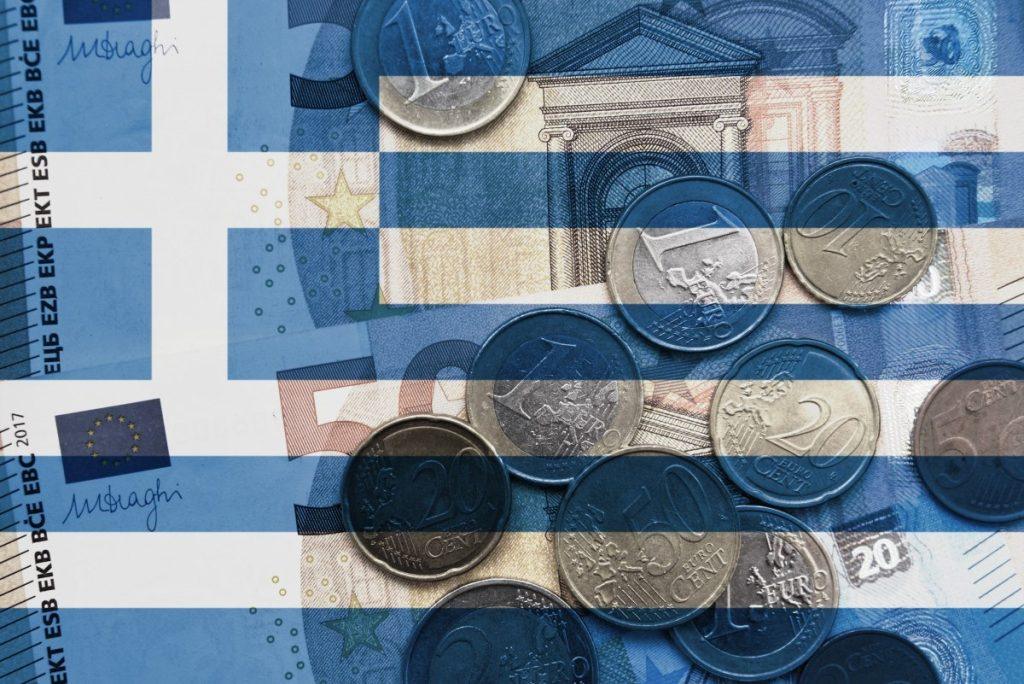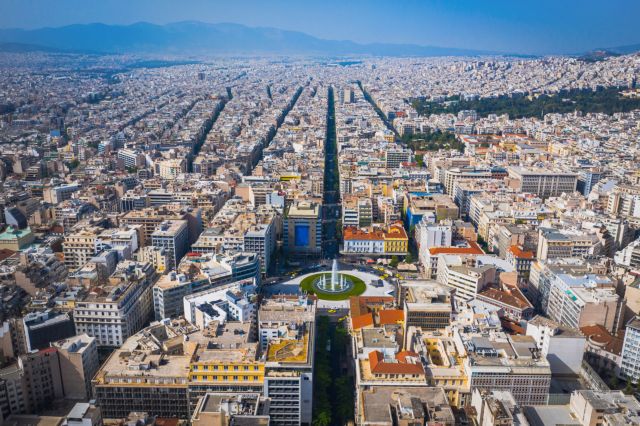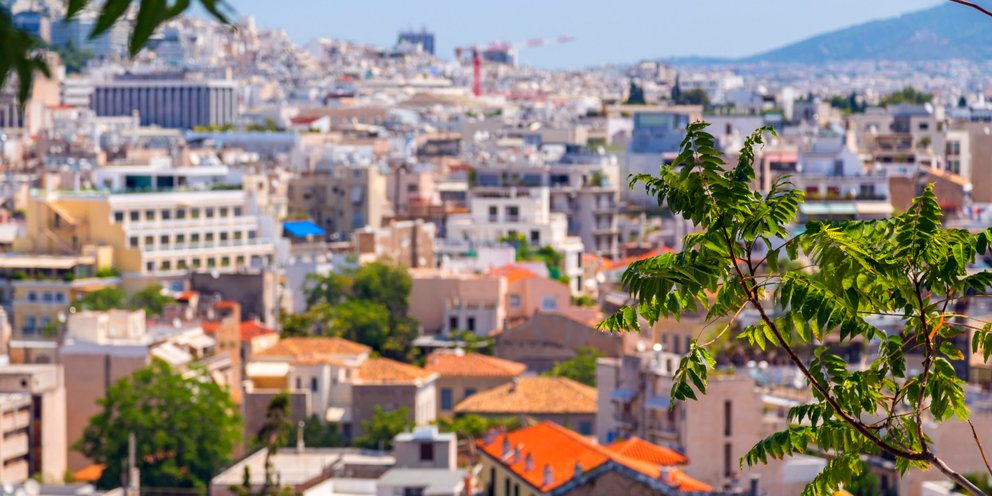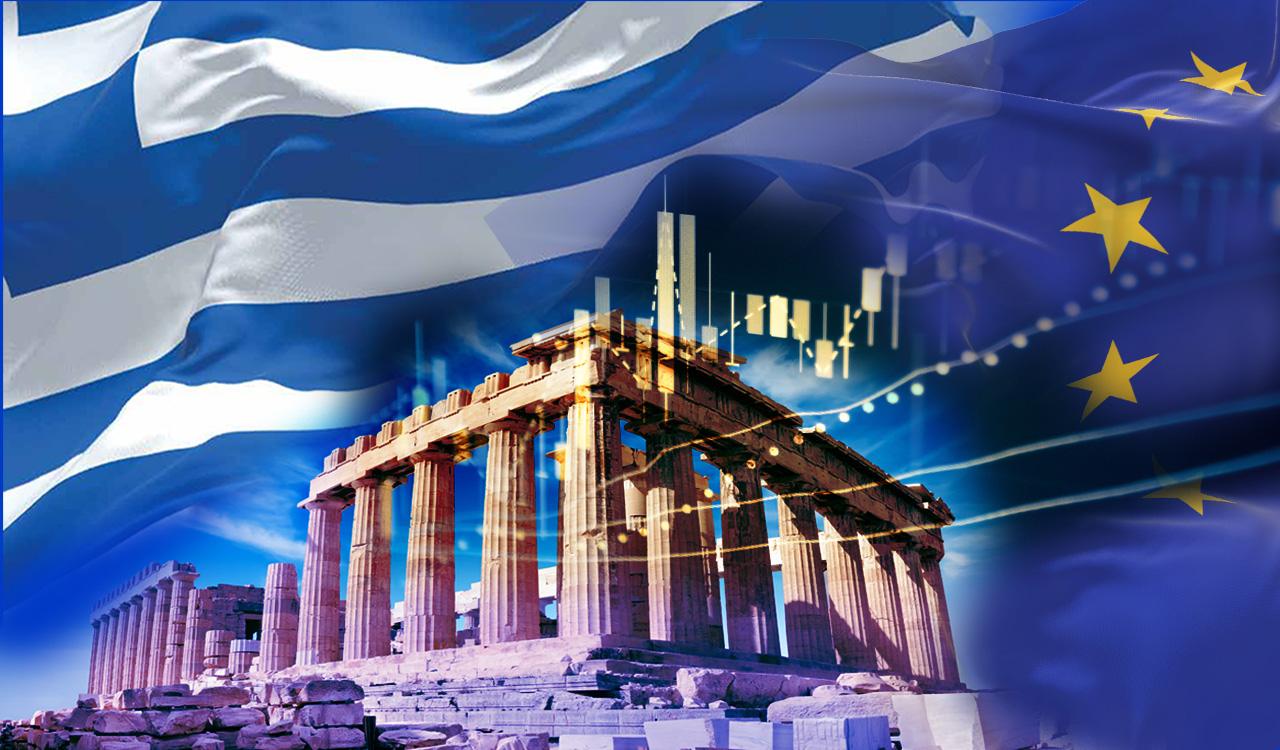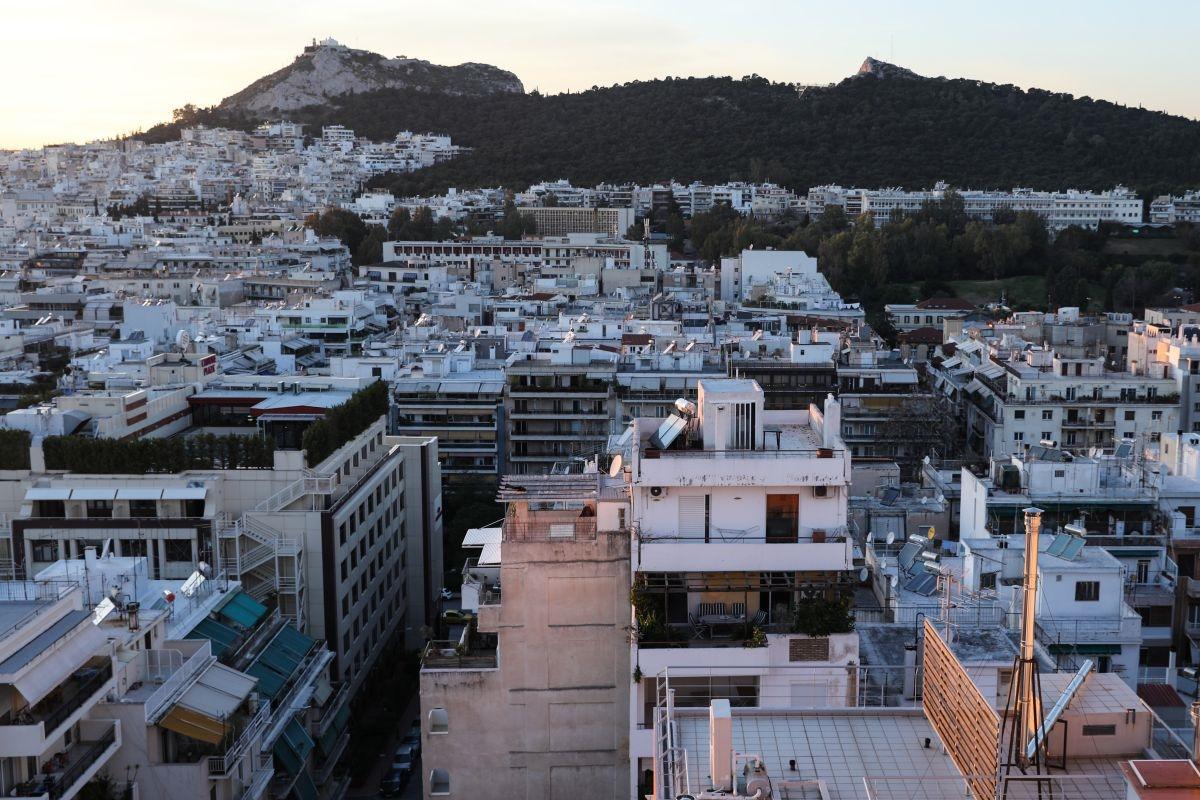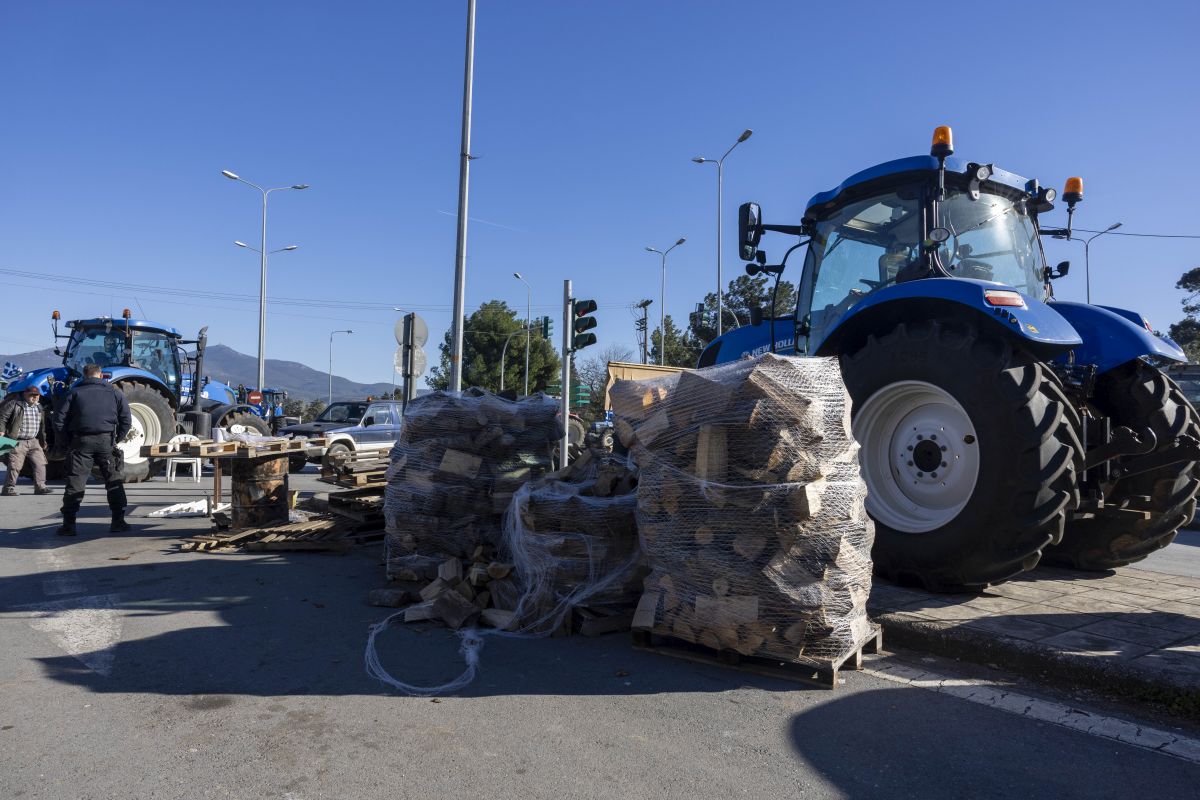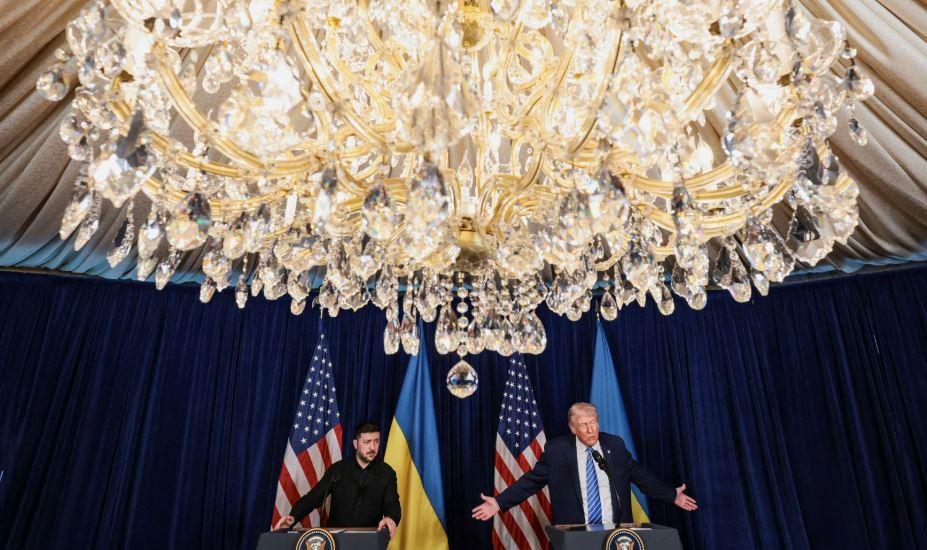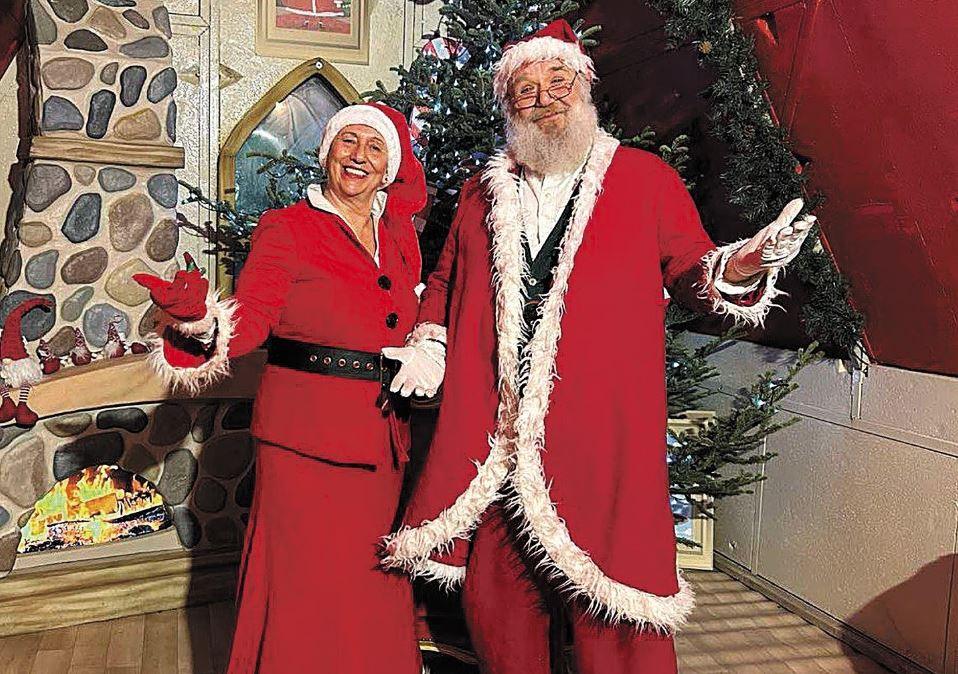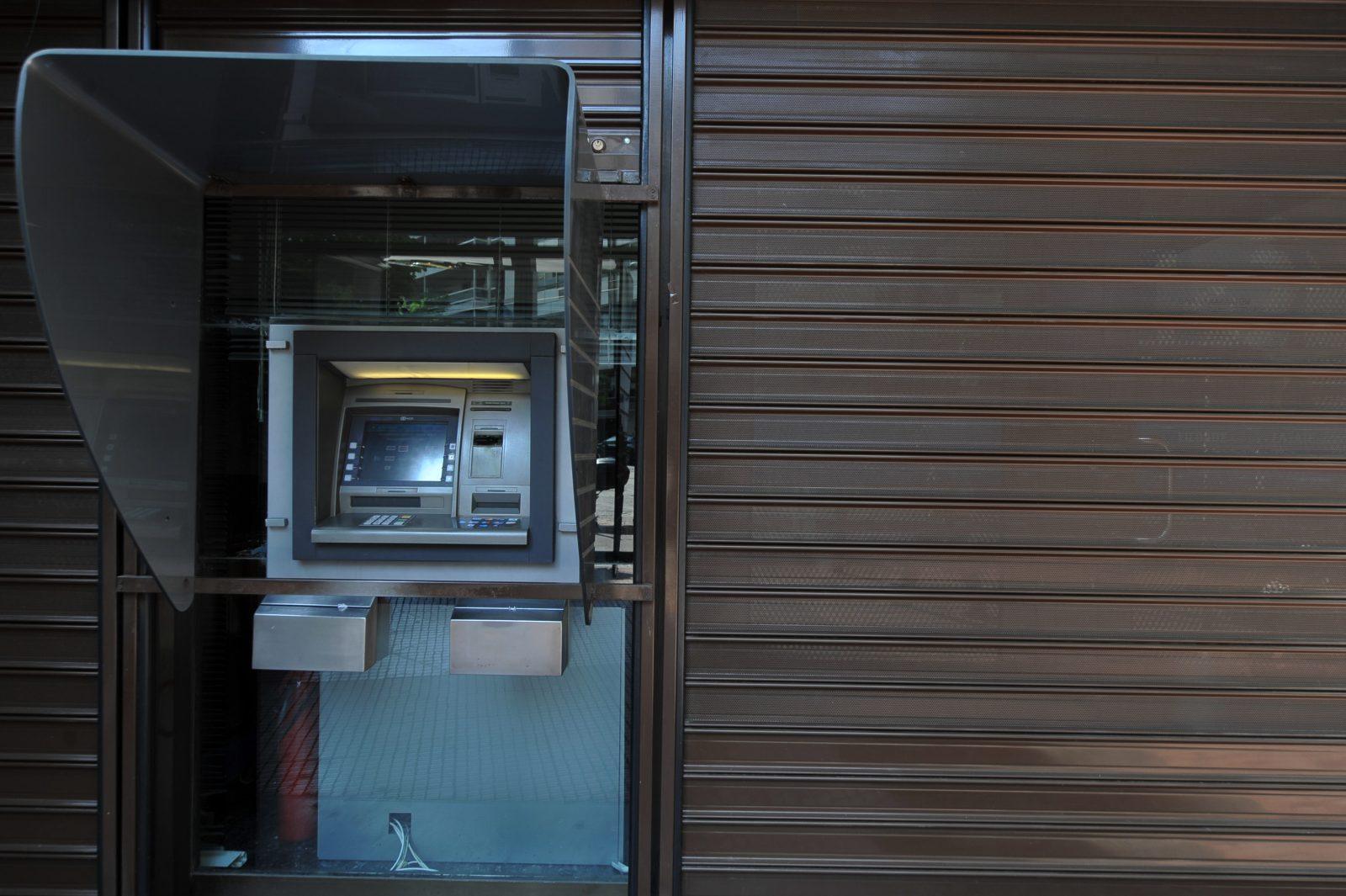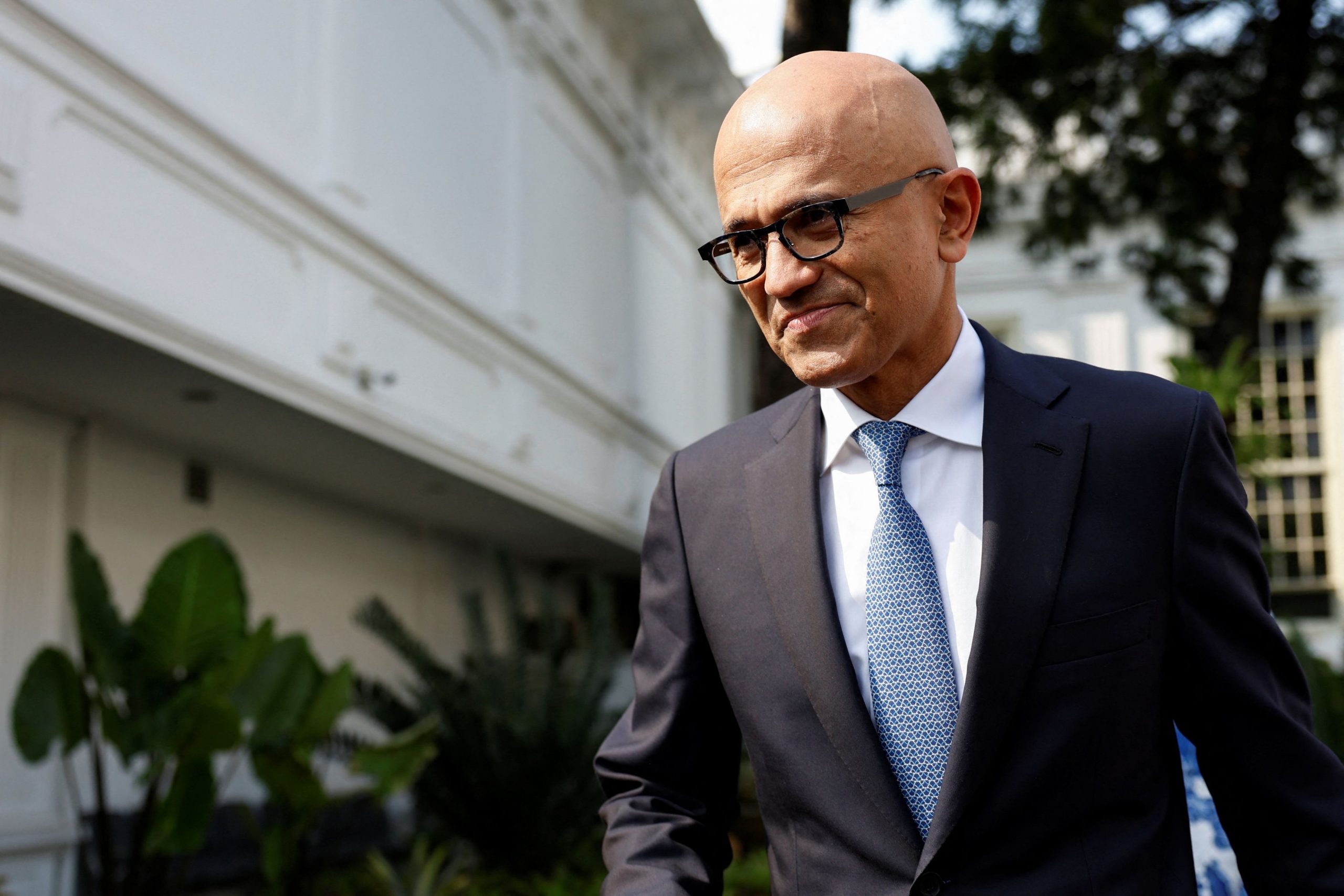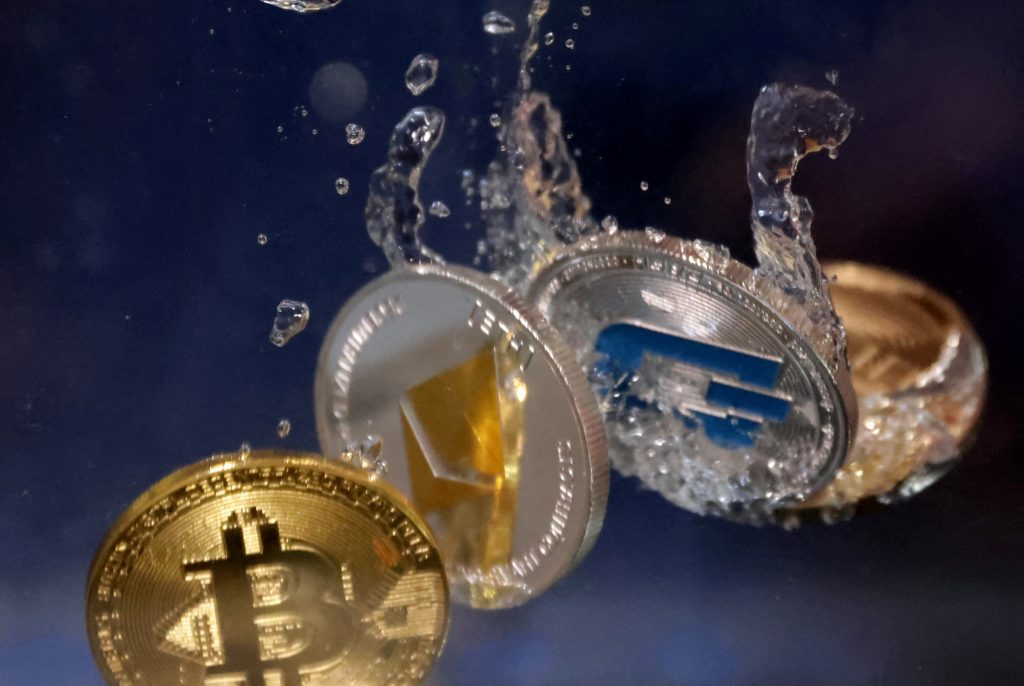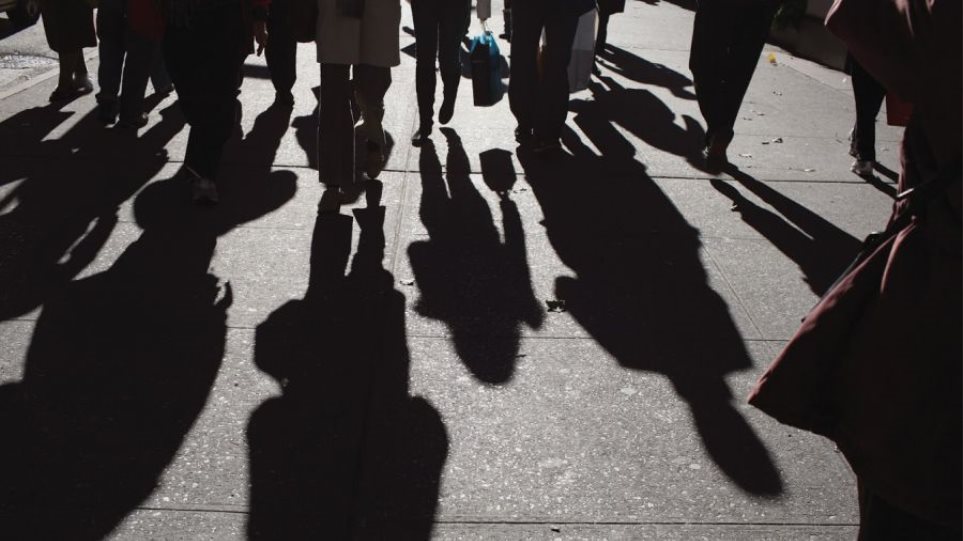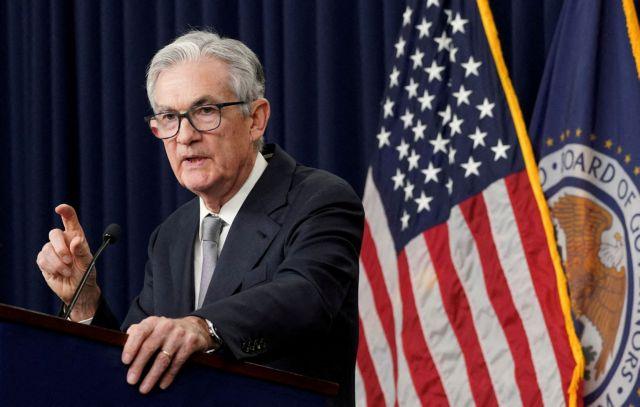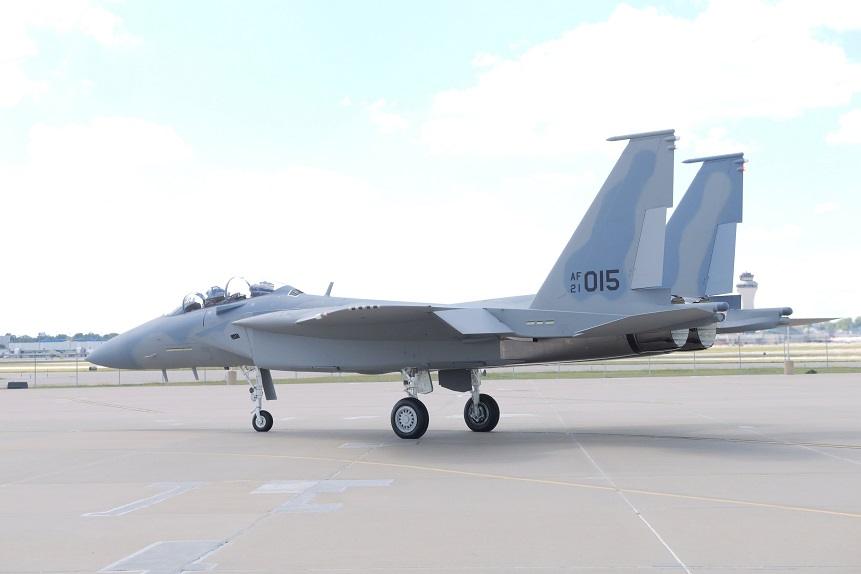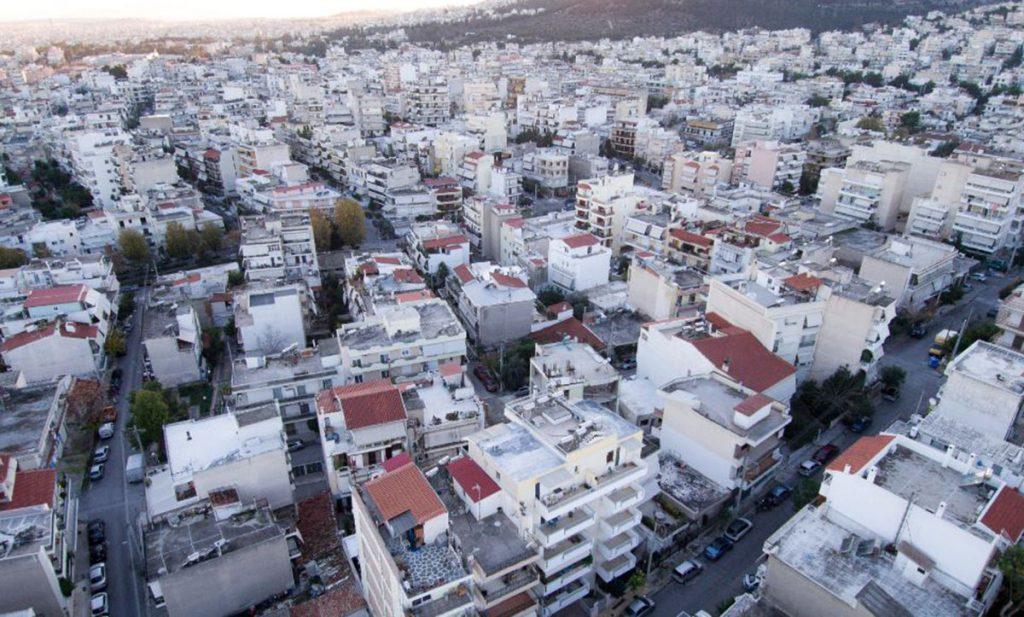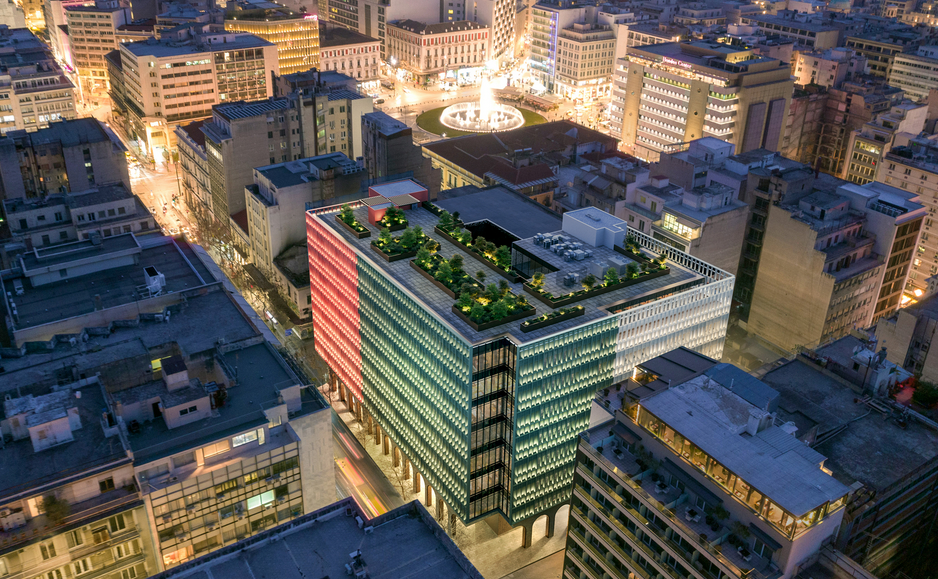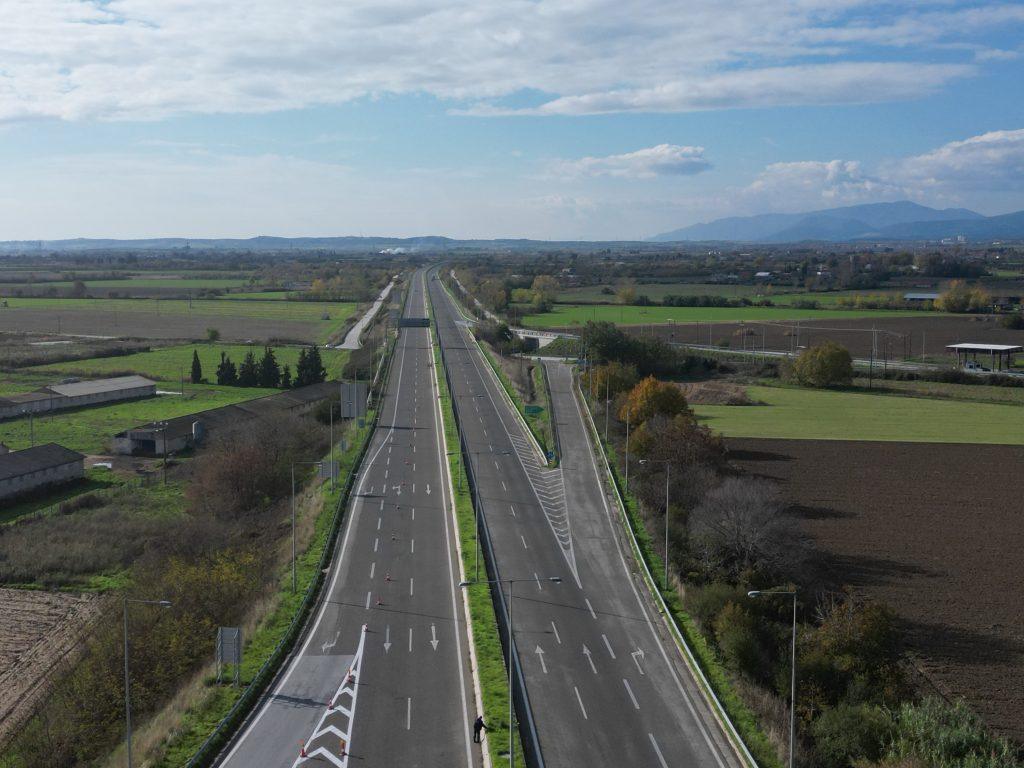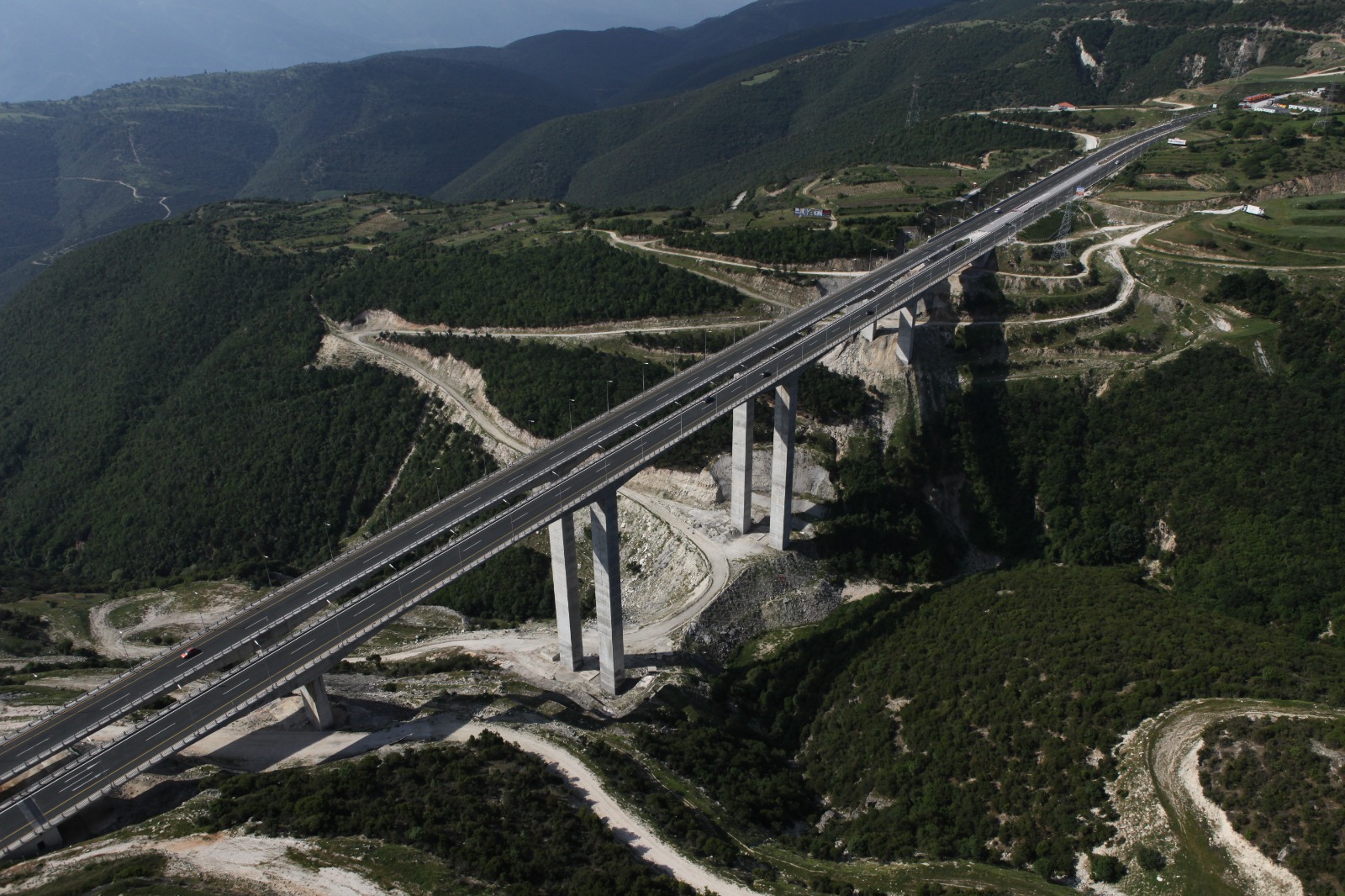The high-profile summit between U.S. President Donald Trump and Russian President Vladimir Putin opens today in Alaska, a meeting Trump has described as “high stakes.” Writing on Truth Social, he signaled critical geopolitical and economic issues would dominate the talks.
Washington’s delegation: diplomacy, commerce, and intelligence
The U.S. team includes key figures from security and economic portfolios: Secretary of State Marco Rubio, Commerce Secretary Howard Lutnick, Treasury Secretary Scott Bessent, and CIA Director John Ratcliffe. Their presence suggests a blended agenda of strategic negotiations, trade, economic policy, and intelligence coordination.
Moscow’s delegation: defense, diplomacy, and investment
The Russian side is led by senior officials including presidential aide Yuri Ushakov, Foreign Minister Sergey Lavrov, Defense Minister Andrei Belousov, Finance Minister Anton Siluanov, and Kirill Dmitriev, head of the Russian Direct Investment Fund. Their composition points to a focus on defense, diplomacy, sanctions, and capital market outreach.
Lavrov’s arrival in Alaska also drew attention for what observers saw as symbolic attire, adding another layer of political messaging beyond the official agenda.
What’s on the table
The summit, held at Elmendorf–Richardson Air Force Base near Anchorage, will take place behind closed doors with only interpreters present. Discussions will cover the “settlement of the Ukrainian crisis” and other bilateral matters, followed by a working lunch and joint press conference — the first between the two leaders since Helsinki in 2018.

Trump has said he will know “within the first five minutes” whether the meeting will be productive. Former U.S. Ambassador to Poland Daniel Fried has warned the talks risk becoming a “missed opportunity” if Putin uses them to gain battlefield advantage.
Ukraine left out — and worried
Ukrainian President Volodymyr Zelensky has not been invited. Officials in Kyiv and several European capitals fear that, in his absence, Trump and Putin could reach backchannel agreements on Ukrainian territory. In a Fox News Radio interview, Trump said he did not want to use the word “partition,” but left open the possibility of territorial concessions as part of a deal, with the goal of a future three-way summit including Ukraine.
Russia’s demands, Ukraine’s refusal
Moscow is seeking recognition of its control over four partially occupied regions — Donetsk, Luhansk, Zaporizhzhia, and Kherson — as well as Crimea, annexed in 2014. It also demands an end to Western arms supplies and a halt to Ukraine’s NATO ambitions. Kyiv has rejected these as “unacceptable,” with three prior negotiation rounds yielding only prisoner exchanges.
Meanwhile on the battlefield
On Thursday, Russia announced the capture of two more communities in Donetsk. Ukrainian forces are attempting to slow the advance, as civilian evacuations continue.
A geopolitical chess match
The makeup of the delegations mirrors each side’s strategy. Washington is betting on a multi-pronged approach combining security, economy, and trade. Moscow is emphasizing defense, diplomacy, and investment. This is not just a summit — it’s a deliberate move in the global chess game, with both leaders bringing their most trusted “officers” to the board.
Source: Tovima.com
